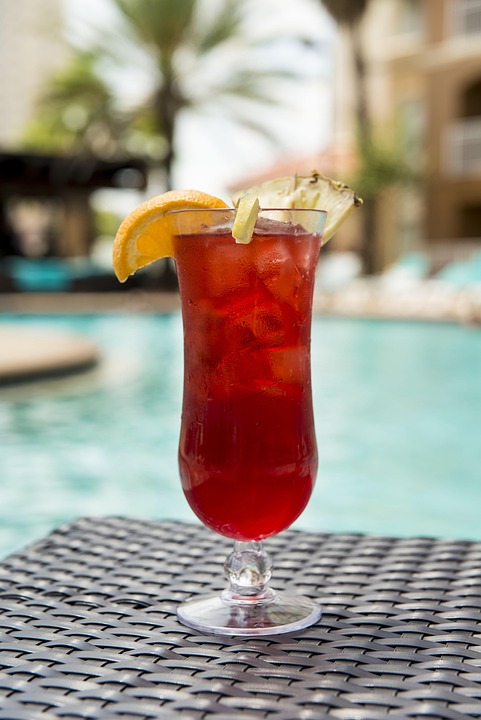The Growing Demand for Locally Produced and Craft Alcoholic Beverages
Introduction
In recent years, there has been a notable shift in consumer preferences towards locally produced and craft alcoholic beverages. This trend can be attributed to a variety of factors, including a desire for unique flavors and high-quality ingredients, as well as a growing interest in supporting small businesses and local economies. This report will explore the reasons behind the increasing demand for these types of beverages, as well as the financial implications for both producers and consumers.
Consumer Preferences and Trends
One of the primary drivers behind the growing demand for locally produced and craft alcoholic beverages is consumer preferences for unique and authentic products. Craft breweries, distilleries, and wineries often use traditional methods and high-quality ingredients to create beverages with distinctive flavors that cannot be replicated by mass-produced brands. This focus on quality and authenticity has resonated with consumers who are seeking more personalized and memorable drinking experiences.
Furthermore, there has been a noticeable shift towards supporting local businesses and economies in recent years. Consumers are increasingly interested in knowing where their products come from and are willing to pay a premium for beverages that are produced locally. This trend has been particularly evident in the craft beer market, where small breweries have seen a surge in popularity as consumers seek out locally brewed options over mass-produced brands.
Financial Implications for Producers
The growing demand for locally produced and craft alcoholic beverages has had significant financial implications for producers in the industry. Craft breweries, distilleries, and wineries have experienced steady growth in recent years as consumers continue to gravitate towards their products. According to the Brewers Association, the craft beer market in the United States alone was valued at $27.6 billion in 2020, representing a 6% increase from the previous year.
Small-scale producers have also benefited from the direct-to-consumer sales model, which allows them to sell their products online or through taprooms and tasting rooms. This approach has enabled craft beverage producers to build closer relationships with their customers and capture a larger share of the market. Additionally, many consumers are willing to pay a premium for locally produced and craft beverages, which has helped to drive revenue growth for producers in this sector.
Industry Insights and Future Outlook
The rise of locally produced and craft alcoholic beverages has reshaped the industry landscape and forced larger companies to adapt to changing consumer preferences. In response to the growing demand for craft products, many major beer, wine, and spirits manufacturers have introduced their own craft lines or acquired smaller producers to expand their offerings. This trend is expected to continue as consumers increasingly seek out unique and artisanal beverages.
Looking ahead, the future of locally produced and craft alcoholic beverages looks promising. As consumers become more discerning and adventurous in their drinking habits, there will be ample opportunities for producers to innovate and differentiate themselves in the market. By focusing on quality, authenticity, and sustainability, craft breweries, distilleries, and wineries can continue to attract a loyal following and capitalize on the growing demand for locally produced and craft beverages.
In conclusion, the increasing popularity of locally produced and craft alcoholic beverages reflects a broader shift towards authenticity, quality, and community support in the industry. Producers that are able to tap into these trends and offer unique, high-quality products stand to benefit from the growing demand for craft beverages. As consumer preferences continue to evolve, the market for locally produced and craft alcoholic beverages is likely to expand further, creating new opportunities for producers and consumers alike.


